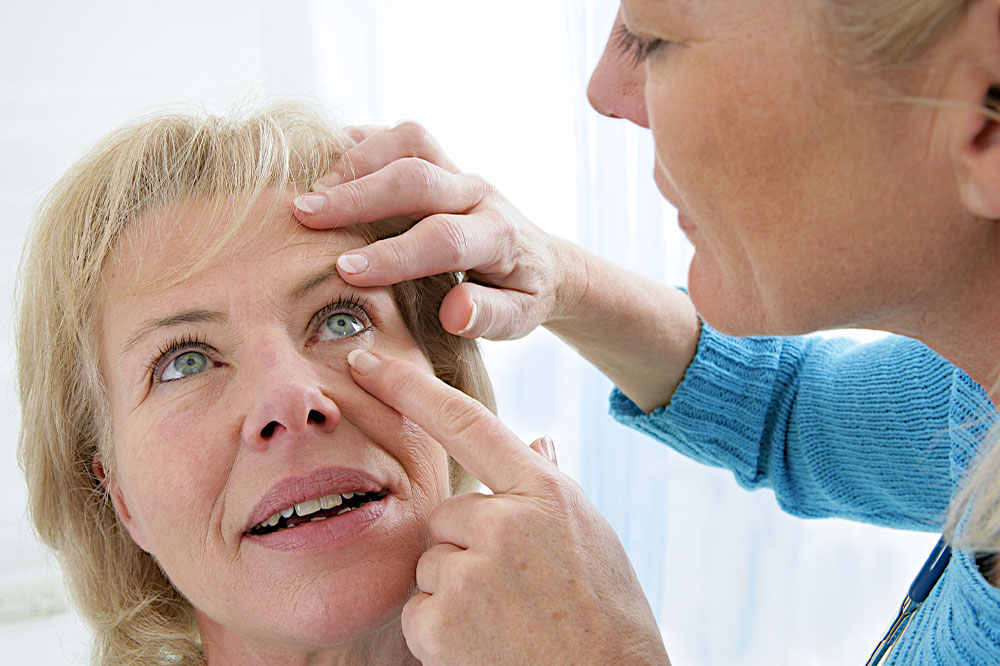
11 household products that may harm the lungs and cause COPD
One of the prominent causes of lung diseases like chronic obstructive pulmonary disease (COPD) is prolonged exposure to certain household products. Since most household items generally appear harmless, people use them frequently without realizing the long-term effects on their health. It is important to be aware of the hidden dangers of such products. This is especially true for people at high risk of COPD, including those with a family history of lung conditions or infections.
Here are 11 household products that harm the lungs and cause COPD.
Cleaning products with harsh chemicals
Household products such as floor, bathroom, and window cleaners are commonly used to keep a house sanitized. While the chemicals in these products work successfully in eliminating bacteria and dirt, they can also have certain side effects on one’s health. These side effects occur due to the presence of strong chemicals such as chlorine, ammonia, and volatile organic compounds. When one is exposed to these chemicals continuously over a long time, it can harm the lungs and contribute to the development of COPD over time. Further, those who work with cleaning products in poorly ventilated spaces are more vulnerable to COPD.
Pesticides and insecticides
Some of the most commonly used household pest control products contain volatile organic compounds and other potent chemicals. When inhaled continuously, these can cause damage to the lungs and trigger respiratory disorders, including COPD. Using natural or non-toxic alternatives is usually recommended to protect respiratory health.
Wood-burning stoves and fireplaces
Many people install fireplaces and wood-burning stoves in their homes for a cozy atmosphere. While these can be useful during colder months, they may increase the risk of lung damage. This usually happens when the space where the fireplace or stove is placed is not well-ventilated. Also, those who spend more time in front of burning fireplaces and stoves may experience symptoms of lung conditions such as COPD. This happens due to the prolonged exposure to and inhaling of fine particulate matter and harmful gasses released in the air.
Nail polish and remover
Most nail products such as polish, paints, and removers commonly contain chemicals such as toluene and acetone, which emit fumes. When these products are used in closed, poorly ventilated spaces, these fumes accumulate in the indoor air. Inhaling these fumes repeatedly over the long term irritates the respiratory system, increasing the risk of lung damage.
Humidifiers
Humidifiers are essential appliances for those who want to maintain humidity levels in the indoor air. Adequate humidity levels help to soothe the tissues of the throat and nose. Thus, humidifiers help relieve common respiratory symptoms such as dry, itchy throat or runny nose, as well as dry skin. However, humidifiers can harm the lungs and cause COPD if the humidity levels are not balanced well. Moreover, the risk of lung problems increases when these appliances are not properly cleaned, making humidifiers sources of harmful bacteria and mold. So, when the appliance is turned on, the pathogens get in the indoor air, which one may end up inhaling. The mold and bacteria may get in the lungs, worsening breathlessness and other COPD-related symptoms.
Gas-powered appliances
Most appliances that are powered by gas release carbon monoxide and harmful gasses. So, when the space where these are used is not properly ventilated, it can be detrimental to lung health. Inhaling these gasses continuously can lead to respiratory issues and exacerbate COPD symptoms over time.
Air fresheners and aerosol sprays
Air fresheners are quite handy to keep the indoor air smelling fresh and fragrant. Moreover, the use of aerosol sprays is convenient for multiple purposes, including hair-setting sprays, makeup products, deodorants, perfumes, foaming agents, and sunscreens. However, all of these release chemicals and fine particles into the air. When one is exposed to these continuously over a prolonged period, it increases the risk of lung irritation. In addition, long-term exposure to these substances may cause COPD, including emphysema and chronic bronchitis.
Dryer sheets and fabric softeners
While they are useful in freshening up laundry, dryer sheets and fabric softeners often carry the risk of lung damage. This is because most of these products contain volatile organic compounds and other harmful chemicals. Those who tend to work with these household products frequently are susceptible to COPD, asthma, and lung infections.
Flour
This is an essential pantry staple in nearly every kitchen. However, flour can be detrimental to lung health if not handled properly. One should be careful while pouring or mixing flour because the fine particles get in the air. And one may end up inhaling these while cooking or being in the vicinity where food is being prepared with flour. This can lead to respiratory irritation, specifically in those with allergies or lung sensitivity. Additionally, inhaling flour dust repeatedly over a long run can increase the risk of COPD.
Paints and solvents
Volatile organic compounds or VOCs such as formaldehyde, benzene, methylene, and chloride are common ingredients in paints, solvents, and varnishes. These compounds work as a medium to transfer the paint from the container to the surface successfully. They make it easier for the paint to flow. However, repeatedly inhaling these compounds can be harmful to the lungs. Over the long term, this can lead to the development of lung-related health conditions such as COPD.
Scented candles and incense
Scented candles and incense can be useful for infusing the indoor ambiance with warmth and fragrance. However, the fine particles and synthetic fragrances emitted by these can irritate the respiratory tract. So, those who are prone to COPD and other lung-related health issues may choose to use natural alternatives such as soy-based candles.




